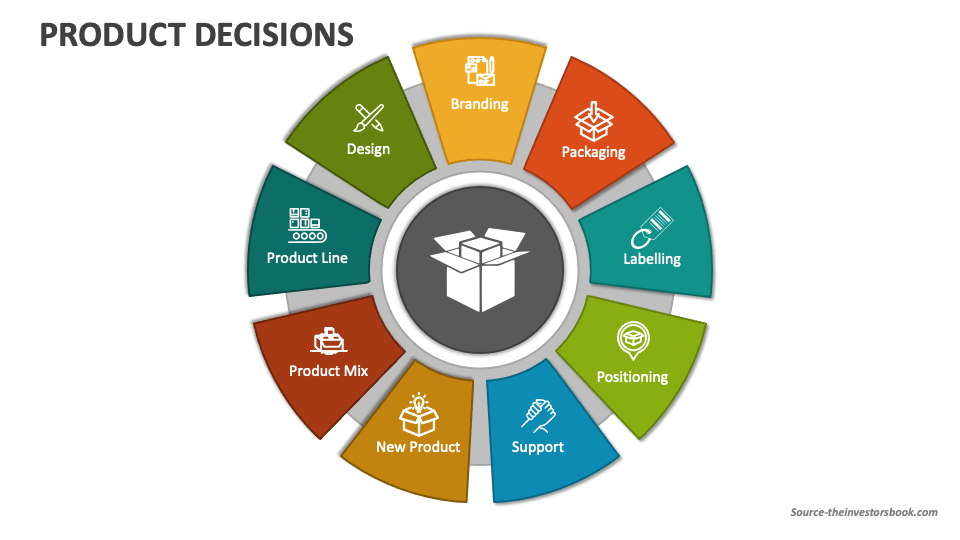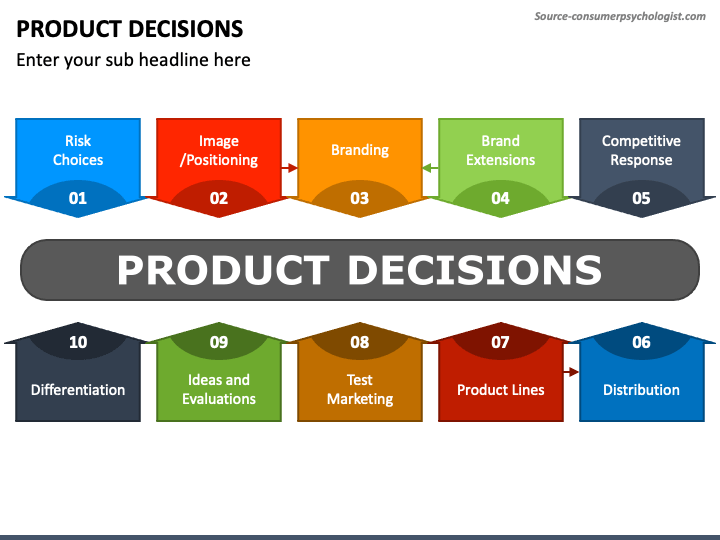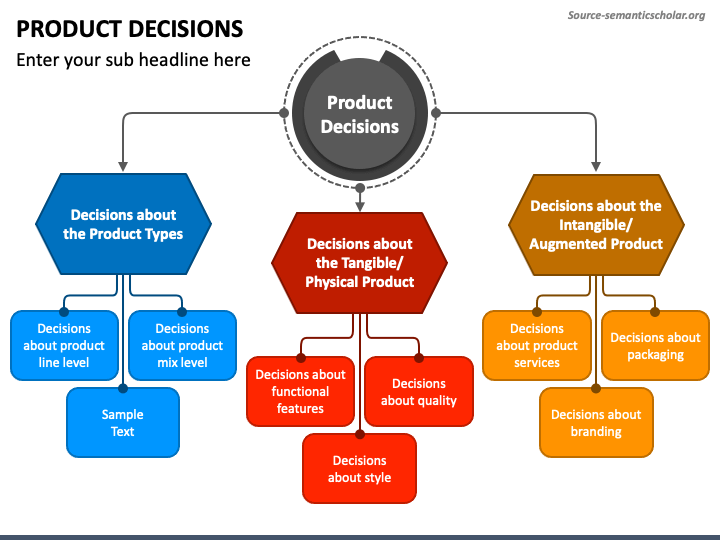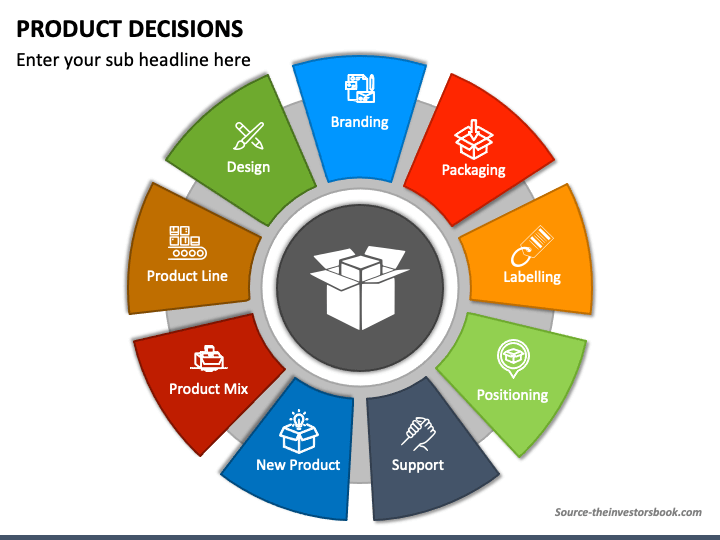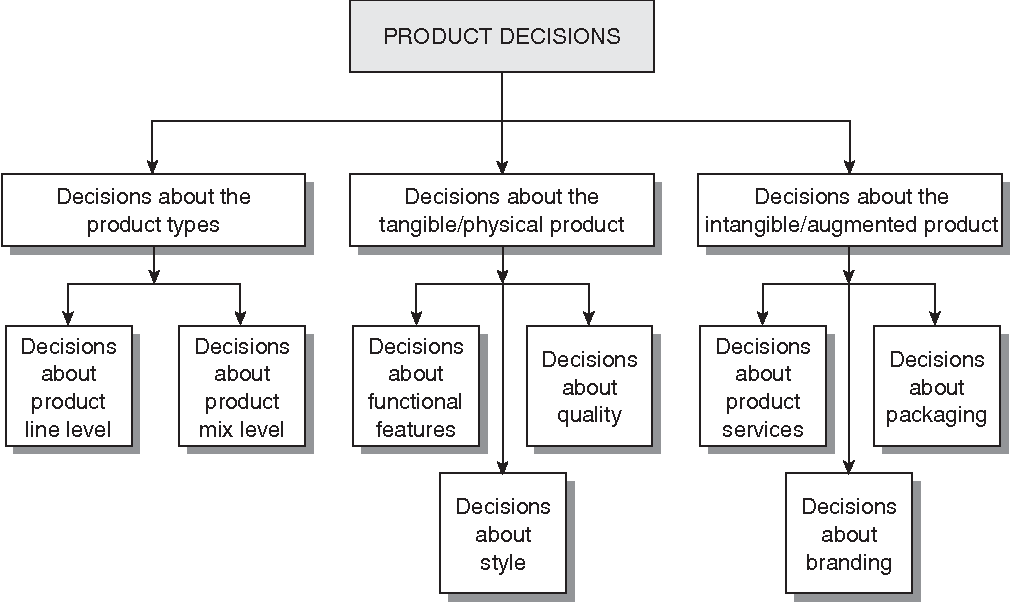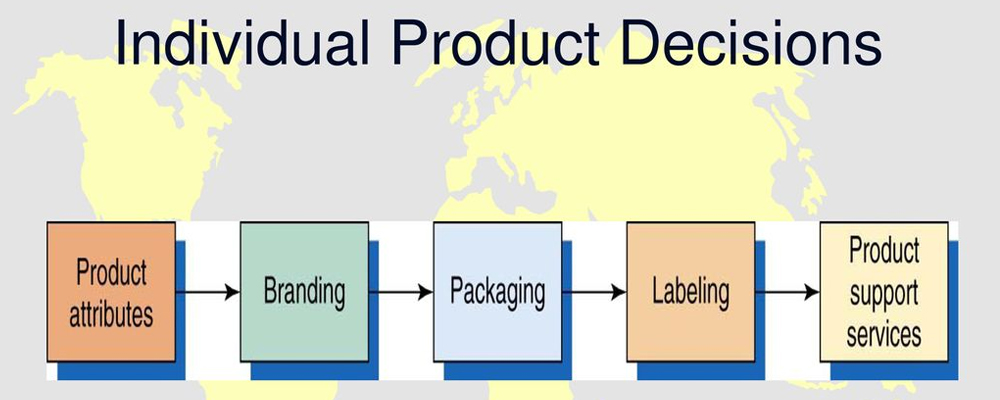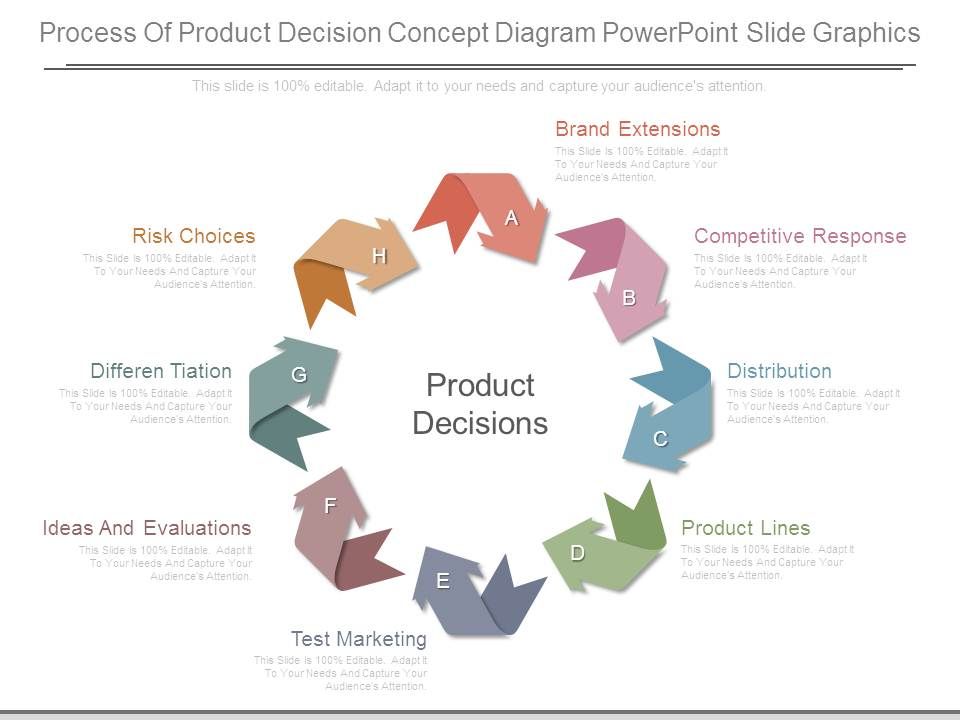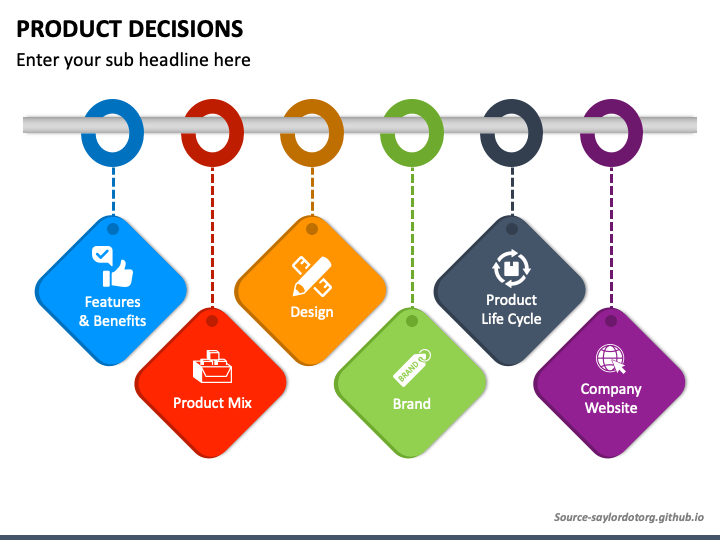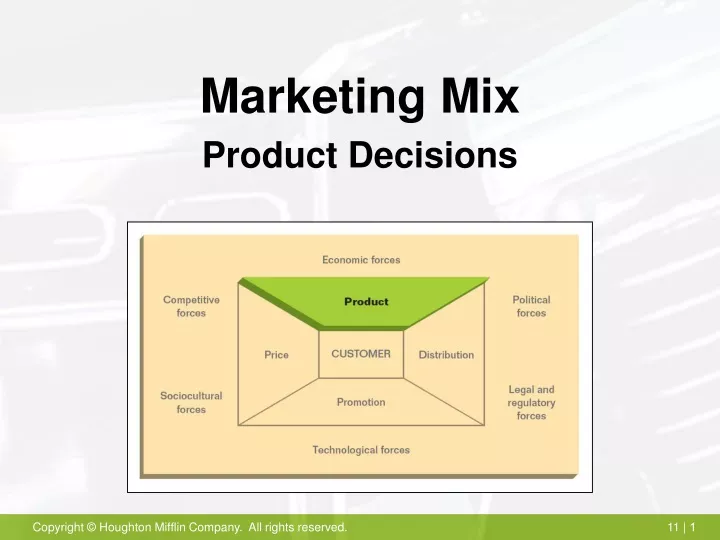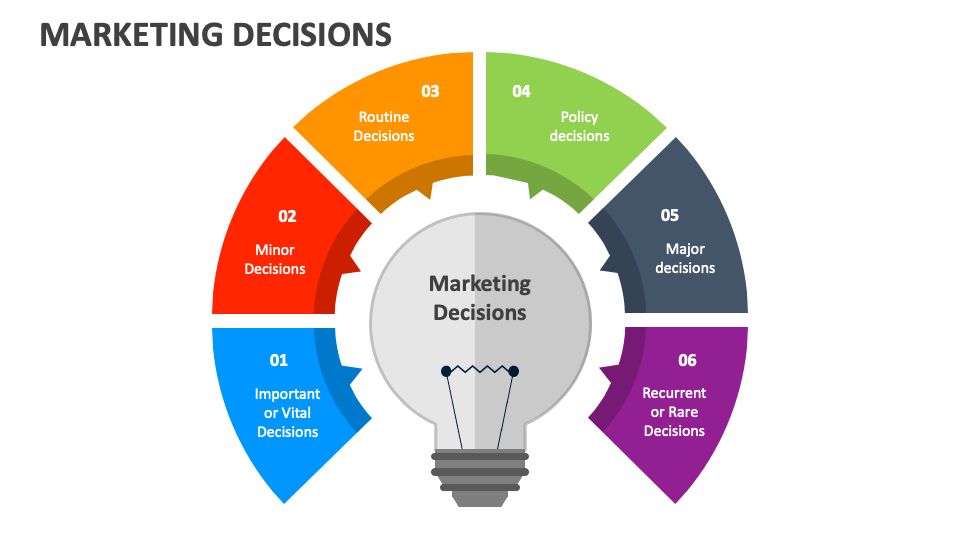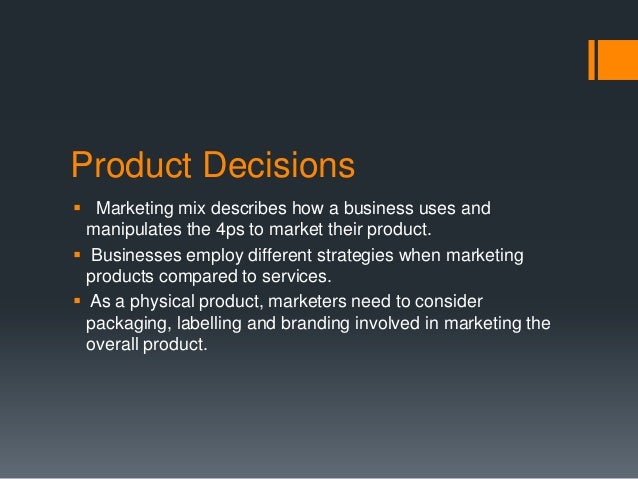The Three Major Elements Of The Product Decision Are
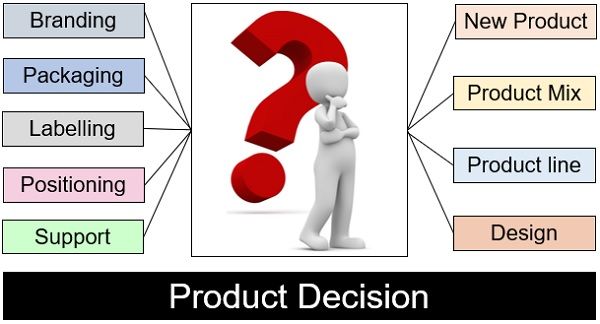
In today’s relentlessly competitive marketplace, the success or failure of a product hinges not on innovation alone, but on a rigorous and well-defined decision-making process. Companies are increasingly recognizing that a haphazard approach to product development can lead to costly mistakes, missed opportunities, and ultimately, irrelevance. Understanding and strategically implementing the three core elements of product decision-making is no longer a luxury; it’s a necessity for survival.
At its core, product decision-making involves a trifecta of critical considerations. These elements – feasibility, viability, and desirability – act as a framework for evaluating product concepts, guiding development, and ensuring market relevance. Neglecting even one of these pillars can undermine the entire product strategy and diminish the likelihood of achieving desired outcomes. This article delves into these three crucial elements, offering insights into how businesses can effectively leverage them to navigate the complex landscape of product development.
Understanding Desirability: Meeting Customer Needs
Desirability focuses on the fundamental question: Does anyone actually want this product? It’s about understanding the needs, wants, and pain points of the target audience. This element demands in-depth customer research and empathy.
Techniques like surveys, interviews, and user testing are essential for gathering insights into consumer behavior. Understanding the target audience means developing deep empathy for their challenges.
According to a report by Nielsen, products that address unmet needs and offer genuine value are far more likely to achieve market success. Ignoring desirability is a recipe for launching products that fail to resonate with consumers, regardless of how innovative or technically sound they may be.
The Role of User Experience (UX)
User Experience (UX) is central to the desirability aspect of product development. It's about creating a seamless and enjoyable experience for the user. Positive UX leads to higher customer satisfaction and loyalty.
Focusing on UX ensures that the product is not only functional but also intuitive and satisfying to use. Neglecting UX can lead to frustration and abandonment, even if the product addresses a real need.
Consider the example of Apple, a company renowned for its user-centric design. Their success is largely attributed to their unwavering focus on creating products that are both aesthetically pleasing and easy to use, making them highly desirable to consumers.
Assessing Feasibility: Can We Build It?
Feasibility examines the technical and operational aspects of bringing a product to life. It's about determining whether a product can be realistically developed and produced within given constraints. Resources, technology, and timeline all factor heavily.
This stage involves evaluating the availability of necessary resources, including talent, technology, and materials. Realistic timelines and budgets are also critical considerations.
A lack of feasibility can lead to cost overruns, delays, and ultimately, a product that never sees the light of day. Companies must honestly assess their capabilities and limitations before committing to a product development project.
Technical Considerations
Technical feasibility is a key component of this element. Can the product be built with existing technology, or does it require new innovations?
Companies must evaluate the complexity of the technical challenges and assess the likelihood of overcoming them. The assessment of technical feasibility should be realistic and objective.
Consider a hypothetical scenario where a company wants to develop a revolutionary new battery technology. If the necessary materials are scarce or the technology is unproven, the project may be deemed infeasible, regardless of how desirable the product may be.
Evaluating Viability: Is It a Sustainable Business?
Viability focuses on the business model and the potential for profitability. It's about determining whether a product can generate sufficient revenue to sustain its development, production, and ongoing operation. Market analysis is essential.
This element requires a thorough understanding of the market landscape, including competitive analysis and pricing strategies. Financial projections and risk assessments are also crucial.
A product might be desirable and feasible, but if it cannot generate a profit, it is not a viable business venture. Companies must carefully evaluate the long-term financial implications of bringing a product to market.
The Importance of a Solid Business Model
A strong business model is essential for ensuring the viability of a product. It defines how the product will be monetized and how revenue will be generated.
This includes considering factors such as pricing, distribution channels, and marketing strategies. A poorly conceived business model can undermine the potential of even the most innovative products.
For example, a company might develop a groundbreaking software application that is highly desirable and technically feasible. However, if they fail to establish a sustainable pricing model or effective marketing strategy, the product may struggle to achieve profitability and ultimately fail.
The Interplay of the Three Elements
It’s important to recognize that desirability, feasibility, and viability are not independent factors. They are interconnected and must be considered in tandem.
A successful product strategy requires balancing all three elements and making informed trade-offs. For example, a company might choose to scale back certain features to improve feasibility or adjust pricing to enhance viability.
Failing to consider the interplay of these elements can lead to suboptimal decisions and ultimately, product failure. A holistic approach is crucial for maximizing the chances of success.
Looking Ahead: Adapting to a Changing Landscape
The product decision-making process is not static. It must adapt to the ever-changing market landscape and technological advancements. Continuous learning and improvement are essential.
Companies must stay abreast of emerging trends, monitor customer feedback, and be willing to iterate on their product strategies. Agility and adaptability are key to long-term success.
By embracing a customer-centric approach, rigorously evaluating feasibility, and developing sustainable business models, companies can navigate the complexities of product development and create offerings that resonate with consumers and drive long-term growth. The future belongs to those who can master the art of product decision-making, consistently delivering value in a dynamic and competitive world.
